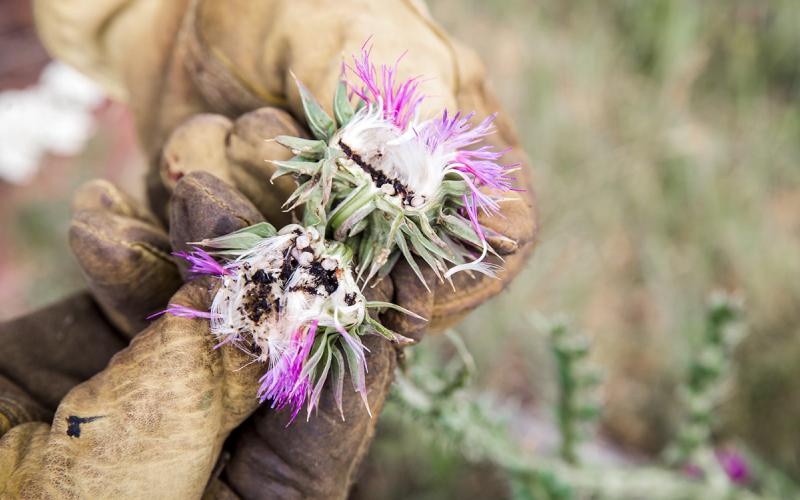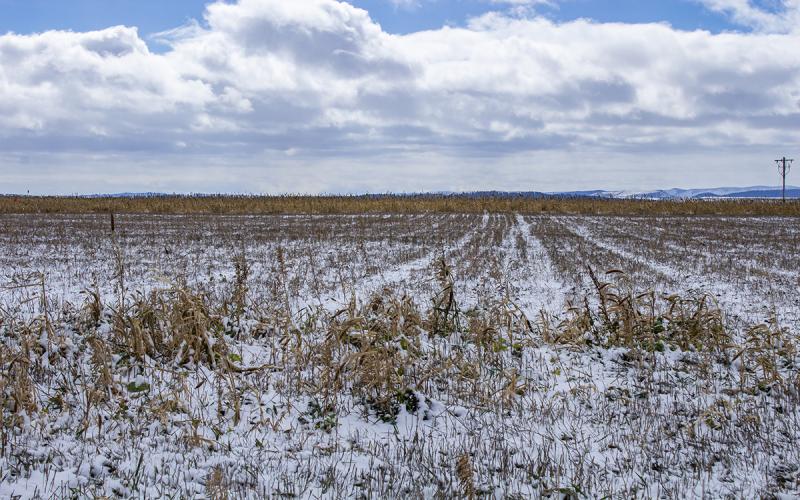What is Herbicide Resistance?

Herbicide resistance can be defined as the inherited ability of a biotype (or an individual within a population possessing a special characteristic) of a weed species to survive and reproduce following exposure to an herbicide dose that is normally lethal. Over time, when the herbicide is applied recurrently, the weed community will transition from susceptible to resistant, because only the resistant biotypes are contributing seeds to the soil seedbank. What should you do if you think you have an herbicide-resistant weed species in the field?
First, eliminate all potential causes for herbicide failure, such as incorrect herbicide rate, sprayer malfunctions, rain events shortly after application, and other unfavorable weather conditions (for example, cold temperatures and low-light conditions). Even an herbicide-susceptible weed will not be controlled if it does not receive the lethal herbicide dose.
If the weed in question did, in fact, receive a lethal herbicide application without confounding environmental factors, then look for the four known indicators of resistance.
Indicators of Resistance
- Herbicide normally controls weed species in question.
This indicator suggests that the herbicide applied in the past has controlled most of the susceptible weeds in the field. - Poor control on one weed species, other species controlled normally.
Seeing dead weeds of several species and living weeds of another species suggests that the herbicide application was lethal. - Poor control is confined to isolated spots in the field.
Recall, the resistant biotype is subsect of the population. Likely the resistant biotypes are isolated, and the seed of resistant offspring will be present in this area initially. - Dead and alive plants of the weeds present in the area of concern.
Again, recall resistant biotypes are a subsect of the population, and it is very likely that susceptible and resistant plants are interspersed together in the field.
Confirming Resistance
While these four indicators can usually elucidate if a weed is herbicide-resistant, it is better to have the weed in question tested to determine if it is herbicide-resistant or -susceptible. Any weeds surviving a lethal herbicide application and exhibiting indicators of resistance should be reported to Eric Jones, Assistant Professor and SDSU Extension Weed Management Specialist, for further testing.


